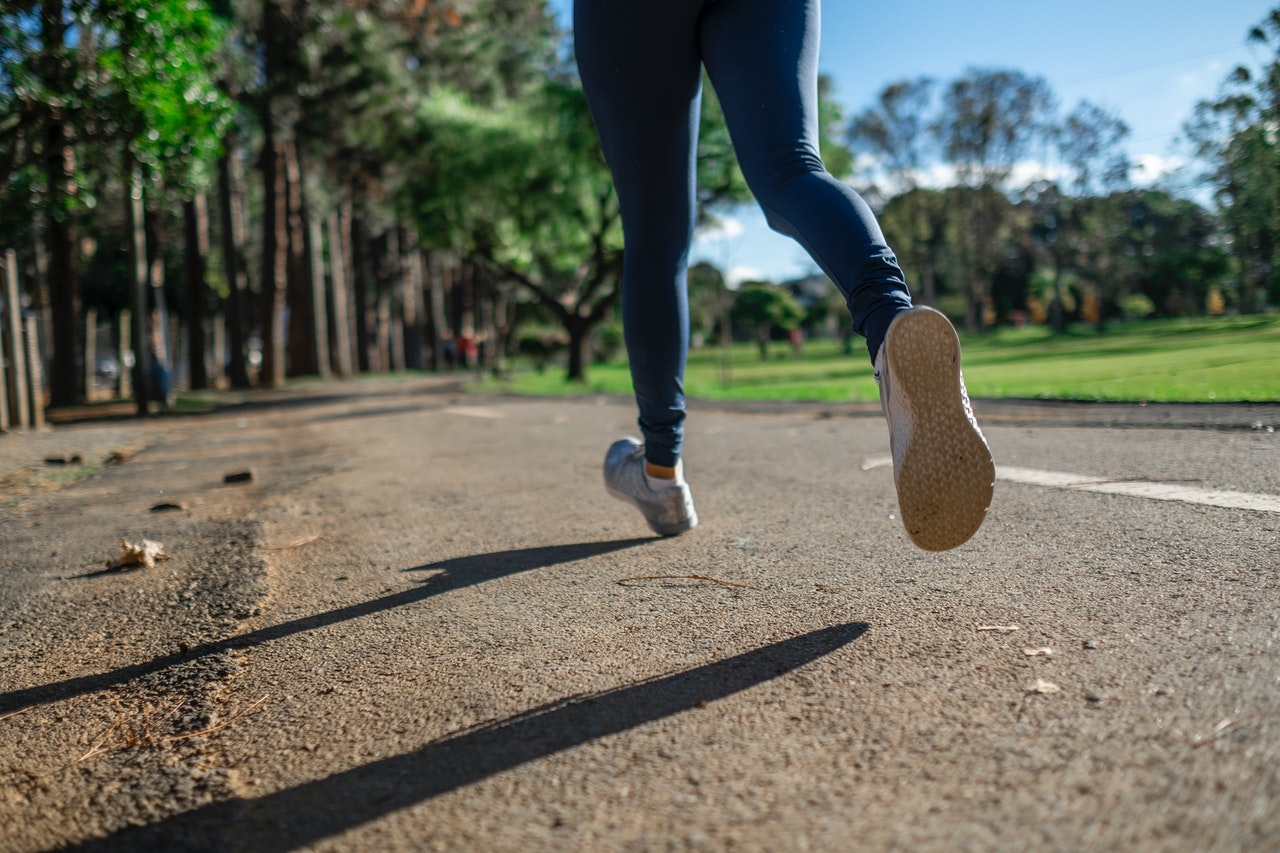
Causes, Symptoms, and Treatment of Runner’s Knee
Young healthy athletes may experience pain in the front and center of the knee, usually underneath the kneecap. This condition, formerly known as adolescent anterior knee pain, is now diagnosed as patellofemoral pain syndrome (PFPS). It is different from Osgood-Schlatter Disease, which is pain located in the upper shin bone area, just below the kneecap.
PFPS, sometimes called runner’s knee, typically occurs in teenagers and young adults who are active and play sports, especially young women. It is not caused by a physical abnormality in the knee, but rather a result of excessive training or lack of adequate stretching or strengthening exercises.
Those athletes experiencing anterior knee pain can often return back to their sport pain-free after following a simple regime that can get them active again.
What Is the Most Common Cause of Anterior Knee Pain?
Patellofemoral pain syndrome is the most common knee symptom in orthopedic outpatient clinics and is two to seven times more likely to occur in women than men.
In many cases, the cause of anterior knee pain is unknown. The complex anatomy of the knee makes it sensitive to minor issues in alignment caused by activity, training, and overuse.
The knee, which is the strongest joint in the body, consists of the lower end of the thigh bone (femur), the upper end of the shin bone (tibia), and the kneecap (patella). It is cushioned with cartilage and ligaments, and tendons connect the bones together.
Causes of anterior knee pain include:
- Weakness in the quadriceps causing poor tracking of the kneecap
- Tightness in the quadriceps and hamstring muscles
- Imbalance in the quadriceps and hamstrings
- Problems with alignment of the legs between the hips and ankles
- Improper sports techniques or equipment
- Changes in footwear or playing surface
- Overdoing sports or fitness activities or changes in routine
The sources of PFPS vary as well and could include:
- Muscular: Inflexibility of the muscles, fatigue or tearing of the thigh muscles, imbalances in muscular strength, and overuse or disuse
- Structural damage: Softening of the kneecap cartilage, arthritis, stress fracture, traumatic injury
- Alignment issues: Tilted patella, knock knee, or rotation of the leg bones
- Instability of the patella: Partial or complete dislocation of the kneecap, damaged ligament support
- Inflammatory: Bursitis, tendonitis
What Are the Symptoms of Anterior Knee Pain?
Most commonly, people with anterior knee pain experience a dull, achy pain which is typically activity-related and often begins gradually and grows in intensity. Other symptoms include:
- Popping or crackling sounds when you climb stairs or stand up after sitting for a prolonged period
- Pain at night
- Pain when repeatedly bending the knee, such as walking stairs, jumping, or running
- Pain following a change in activity, playing surface, or equipment
PFPS does not typically cause swelling, locking, snapping or clicking, or giving out of the knee. If you experience these symptoms, see your doctor or chiropractor for a diagnosis and rehabilitation plan.
What Is the Treatment for Anterior Knee Pain?
Your chiropractor will do a thorough examination and provide both a diagnosis and a treatment plan, which may include:
Activity Limitation: You should cease all activities during which you feel knee pain. Switch to low-impact activities, such as biking or swimming, to avoid putting stress on your knee joint. Your technique may be causing your pain and speaking with a trainer may help you readjust your form to improve your technique.When resuming high-impact activities, begin slowly and work your way to former activity levels.
Stretches and Exercises: Your chiropractor can supply you with specific exercises that will improve your range of motion, strength, and endurance. You’ll mainly be working on stretching your quadriceps, which are the muscles that are the main stabilizers of the kneecap. It’s important to continue doing the exercises for as long as your chiropractor prescribes, as anterior knee pain can return if you don’t continue to strengthen the knee.
Ice: After physical activity, it helps to apply ice to the kneecap to relieve some of the pain and discomfort. Wrap the ice pack in a thin towel or several paper towels prior to placing it against your skin to prevent ice burn. Keep the ice on for twenty minutes at a time.
Footwear: Be sure that your shoes provide enough support for your athletic activities. Your chiropractor may recommend shoe inserts, which can relieve pain and fatigue while preventing the foot from overpronating, which occurs when the foot rolls excessively down and inward making the arch collapse and the heel lean inward.
When Should I See My Chiropractor for Anterior Knee Pain?
If you experience symptoms of patellofemoral pain syndrome, you should see your chiropractor as soon as possible. Continuing to “push through the pain” is dangerous and may cause more harm to your knee. Instead, rest and stretching are important steps toward healing.
PFPS, or runner’s knee, responds well to chiropractic treatment. After a thorough exam, your chiropractor will create a unique treatment plan specific to the severity of your condition. You can expect to receive various chiropractic alignments and manipulations on the spine, hip, ankle, and knee to bring the body back into proper balance.
You should follow your chiropractor’s recommendations, including changes to activity levels, dietary adjustments, and exercise plan. Chiropractic care offers an effective treatment for patellofemoral pain syndrome and can bring the body back into alignment and functioning properly and pain-free. To take your first steps toward healing from PFPS, schedule your appointment online or call us today.
This article is for informational purposes only and is not a substitute for in-person advice or care from a medical professional.

